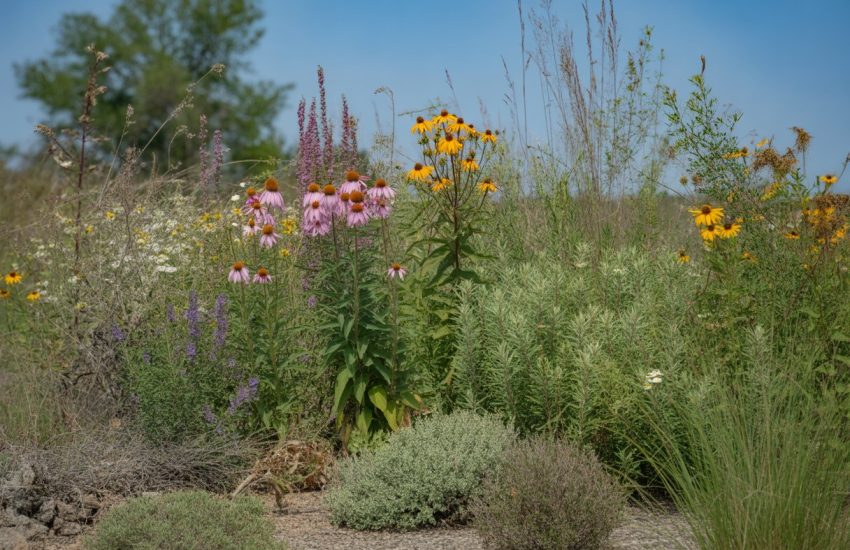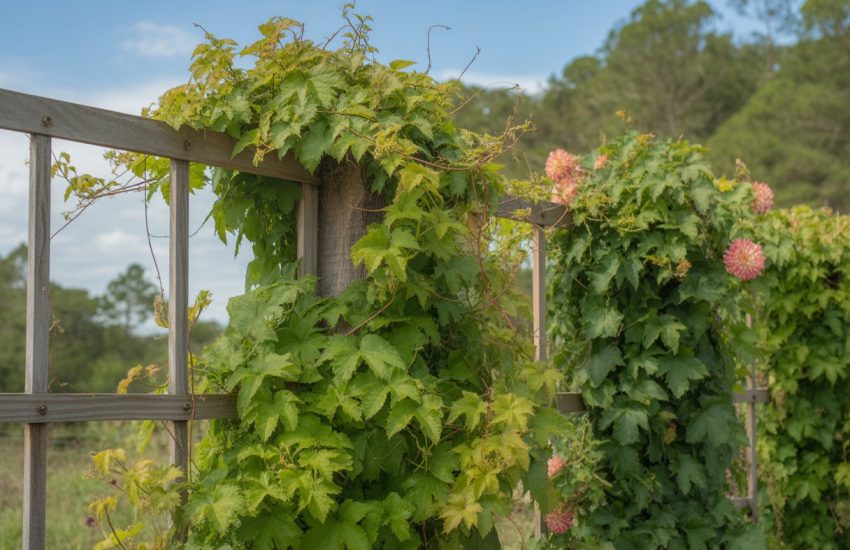Purple Heart Plant Benefits: A Comprehensive Guide
The Purple Heart plant, also known as Tradescantia pallida, is a popular indoor and outdoor plant that is well-loved for its striking purple foliage. This plant is native to Mexico and Central America and has been used for centuries for its medicinal properties. In recent years, the Purple Heart plant has gained popularity for its air-purifying qualities and ease of care.

One of the main benefits of the Purple Heart plant is its ability to purify the air. According to a study by NASA, the plant is highly effective at removing pollutants such as benzene, formaldehyde, and trichloroethylene from the air. This makes it an excellent choice for indoor spaces, particularly those that are poorly ventilated or have high levels of pollution.
In addition to its air-purifying properties, the Purple Heart plant is also known for its ease of care. It is a hardy plant that can tolerate a wide range of conditions, making it a great choice for both indoor and outdoor settings. Whether you’re looking to add some color to your home or garden, or simply want to enjoy the many benefits of this versatile plant, the Purple Heart is definitely worth considering.
Cultivation and Care
Optimal Growing Conditions
The Purple Heart plant (Tradescantia pallida) is a hardy perennial belonging to the spiderwort family, Commelinaceae, that is native to Mexico and Central America. It is a popular houseplant due to its attractive trailing foliage, which can grow up to 1-2 feet long. This plant is also known for its invasive nature, so it is important to prune it regularly to keep it under control.
The Purple Heart plant prefers full sun to partial shade and well-draining soil. It is a tropical plant that thrives in the Gulf Coast region, where winters are mild and summers are hot. The optimal temperature range for this plant is between 60-85°F, and it prefers high humidity levels.
Propagation Techniques
The Purple Heart plant is easily propagated through stem cuttings. To propagate, take a 4-6 inch stem cutting from the plant and strip the bottom inch of leaves to prevent rotting. Place the cutting in a container of water and wait for roots to appear, which usually takes a couple of weeks. Once the roots have developed, the cutting can be transferred to a pot filled with moist potting soil.
Pest and Disease Management
The Purple Heart plant is generally pest and disease-resistant. However, it can be susceptible to root rot if overwatered or if the soil does not drain properly. To prevent root rot, ensure that the soil is well-draining and avoid overwatering the plant.
Some common pests that can affect the Purple Heart plant include mealybugs, scale, aphids, caterpillars, snails, and vine weevils. These pests can be treated with rubbing alcohol, neem oil, or insecticidal soap. Regularly inspect the plant for signs of pests and treat them immediately to prevent further damage.
Overall, the Purple Heart plant is a low-maintenance houseplant that adds a pop of color to any space. With proper care and maintenance, this trailing vine can thrive for years to come.
Health and Environmental Benefits
Air Purification and Aesthetic Appeal
The Purple Heart plant is an ornamental plant that is easy to grow and maintain, making it an ideal choice for novice gardeners. Its deep purple color and low-maintenance nature make it an attractive addition to gardens, borders, and containers. It is also a hardy plant that is drought-tolerant and can withstand frost.
In addition to its aesthetic appeal, the Purple Heart plant has air-purifying qualities that make it a great addition to any indoor space. Exposure to poor indoor air quality is a major concern for many people, and the Purple Heart plant can help to remove pollutant toxins from the air. It is also adaptable to a range of environments and can be used as a humidifier when placed in a room with low humidity.
Medicinal and Therapeutic Properties
The Purple Heart plant, also known as Setcreasea pallida, has been found to have a range of medicinal properties. It exhibits anti-inflammatory properties, making it potentially beneficial for conditions involving inflammation, such as arthritis or inflammatory skin conditions. It has also been found to have diuretic properties, which can help to reduce swelling and bloating.
The plant has been used in traditional medicine to treat a range of ailments, including headaches, stomachaches, and respiratory problems. However, it is important to note that the plant is toxic to pets and should be kept out of their reach.
To ensure the plant stays healthy, it should be watered regularly and fertilized with a balanced fertilizer. Repotting may be necessary as the plant grows, and adding perlite to the soil can help to improve drainage. The Purple Heart plant is adaptable to a range of hardiness zones and can be found in its native area of Mexico and South America.
In summary, the Purple Heart plant has a range of health and environmental benefits, including air purification, aesthetic appeal, and medicinal properties. It is a hardy plant that is easy to grow and maintain, making it an ideal choice for novice gardeners. However, it is important to be aware of its toxicity to pets and to take necessary precautions.


